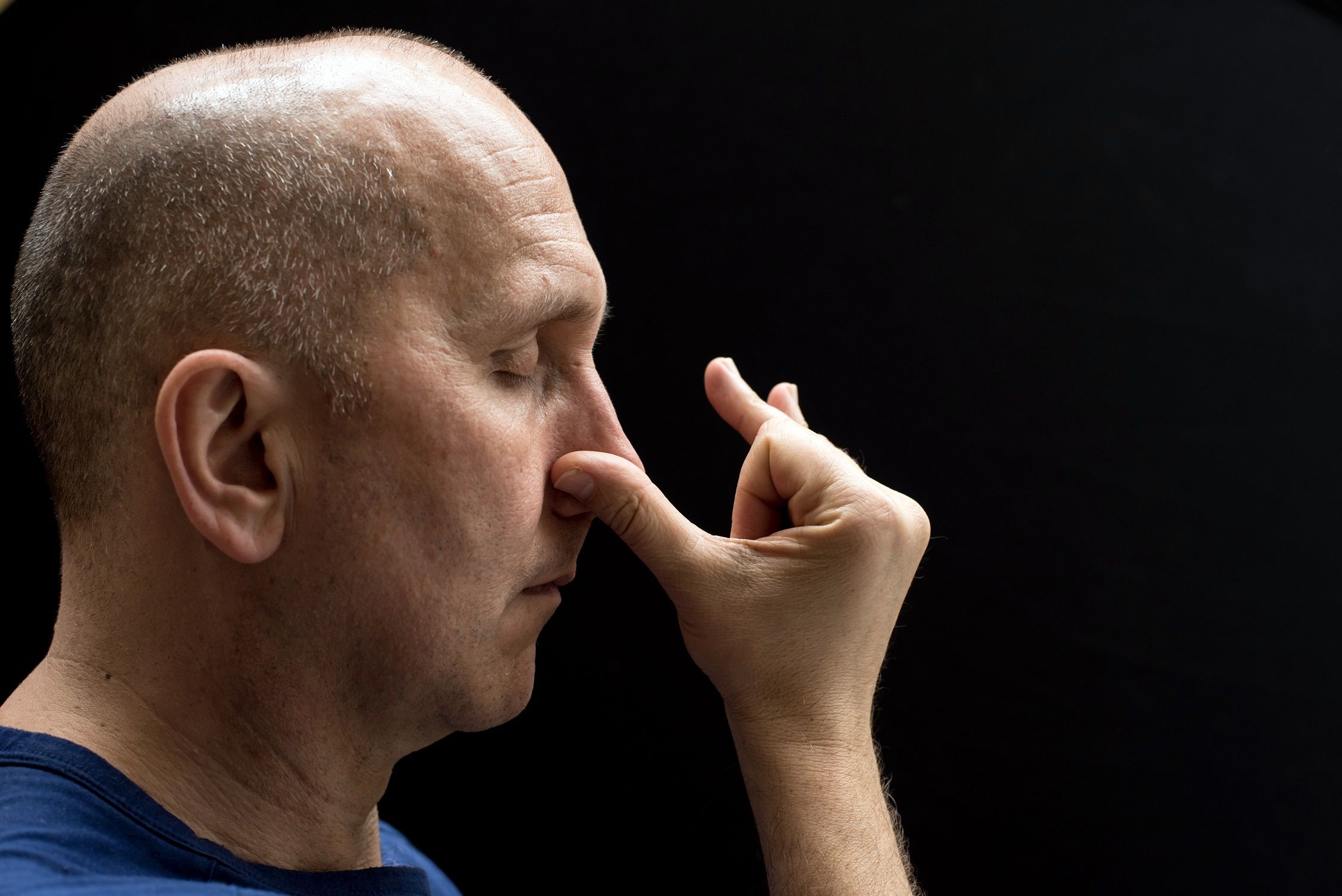The Benefits of Breathing Well with Laurent Roure

One of the first yoga books I ever read was “Hatha Yoga Pradipika” by Svātmārāma. It was in this book, that I read about pranayama for the first time. I read about it with interest but, alas, I stop paying attention to the breath and instead, I got completely hooked by the physical side of yoga. At the time, no one, mentor or teacher, could explain to me the importance of properly including pranayama in my yoga practice.
It was only when I started practicing Ashtanga, that I started understanding the strong relationship between asanas and the breath. Still, at this stage I was only using Ujjayi breath (Ashtanga way) or Nadi shodana without really understanding why. I knew it was supporting my asanas and my sun salutations by creating heat in my body or calming my lively and busy mind, but that was all. No one taught me the foundation to perform these advance breathing techniques safely and I was using them a bit blindly, without being told the why and the how. Something was missing, I needed to know more, and I decided to explore several classical and less classical methods of breath control.
I guess, as a western civilisation, we are mostly driven by the body, the physical and the performance. In many yoga studios, this idea of the strong and perfect body is cultivated by offering fast paced and dynamic yoga styles which are including breathing techniques not for their subtlety but for their strong support to a strong practice. I am not saying that it is wrong but, outside the physical practice, breathing work and pranayama have other health benefits and purposes that everyone at every age can use for a healthy life: correct breathing is therapeutic and can help the process of healing.
To express this let me share with you the following insight. At the beginning of each of the pranayama courses I have held, I asked 10 students if, during the last 12 months, they recently encountered any anxiety or stress causing disruption to their day to day life or to their sleep. The answers were astonishing: 7 out of 10 students experienced, with different degrees of intensity, panic attacks caused by fear, worries causing anxiety and disrupting their sleep or stopping them breathing normally. Quite worrying!
I also asked them why they decided to attend a breathing class: some wanted to deal with issues around mental health like depression or stress, some wanted some help with their ailments like cancer, some recognised that they are not breathing correctly and are in discomfort. So, you can see that just from this small number of people the need to understand the breath is vast. Outside of these courses I have become aware of even more reasons why people want to learn from me about the breath – pregnant women who need to know about how to deal with the big day, yoga teachers who would like to offer pranayama in their classes and are keen to know more and very interestingly some Deep-Sea divers wanting to use their breath in a better way!
What I want to show here, is that by using the breath in various way, we can influence and make a huge difference to our health and well-being. By simply learning how to control our breathing in a voluntary and conscious manner we can access our own tool-box of health and vitality aids. We can change patterns in our body and mind by doing some very easy exercises and they don’t need to be especially yogic or very spiritual. For example, cultivating the quality of the exhalation while breathing intentionally or using the alternative nostril breathing to balance our nervous systems.
Let’s not forget that our first contact with life when coming out from our mummy’s belly, is a breath: apparently the feeling of the oxygen burning our lungs, an unpleasant first sensation, but this is something precious which keeps us alive for our entire life.
Somehow, we have lost the ability to breathe properly and we are taking the breath for granted. We are interfering with the natural and spontaneous functions of our lungs. Thanks to our modern living, our need to be always doing and moving frenetically, is restricting our ability to breathe correctly. The danger is that many of us are using wrong breathing patterns, but we have got used to them, we accept them, and therefore we are unconsciously unwilling to make changes.
To learn to breathe well for good health and vitality, we need to start somewhere, and this is why my course is methodically and thoroughly designed to take us through different stages of breath work and pranayama. I am eager to offer important tools, techniques, ideas to whomever wants to start, sharpen or refine their understanding, knowledge and personal experiences with the breath. It is not an easy journey, it can be slow, and we need to be patient, self-observant and kind to ourselves.
Wishing you an insightful and nourishing journey in the understanding and uses of the breath – happy breathing!
Laurent teaches regular Breathwork & Pranayama and How to Meditate courses at Notting Hill over 6 weeks.
